Now that you know you have sleep apnea, you're on the road to healthy sleep, and you’ll want to get the most out of your treatment.
Living with sleep apnea can be an adjustment. And if you've been diagnosed with sleep apnea but haven't yet begun therapy, you probably have some questions about how your life will change and how it may affect your day-to-day activities and relationships.
To help you along the way, we’ve provided some useful information.

Most people who use positive airway pressure therapy agree that it takes a couple of weeks to get used to it. But they also say it’s worth it.
Like anything new, you’ve got to give it time. If it’s taking you longer than you expected to get used to it all, speak to your Resmed accredited outlet or your doctor about your concerns.
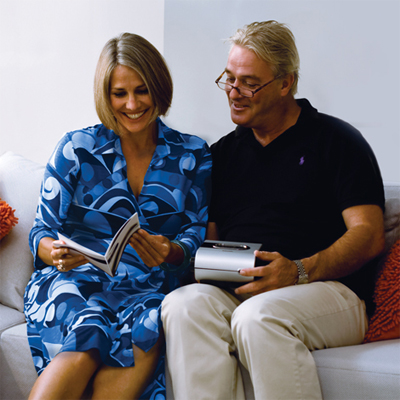
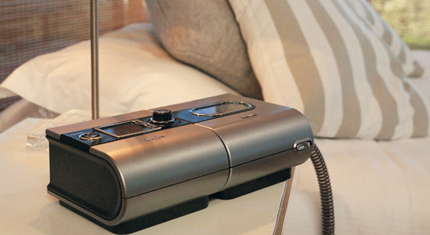
Your clinician will have shown you how to connect your device and mask. If you’re having any problems, refer to your user guides, which have clear instructions on setting up. You can also contact your equipment provider for advice.
In our experience, by starting and sticking with therapy, you’re on the way to better sleep, better relationships and a better quality of life—and you can start taking advantage of your new-found energy.
You may also find that you lose weight as your energy levels increase and you can take part in activities that you were previously too sleepy for.1
As long as you’re using your therapy equipment, you’re helping to manage your sleep apnea. It's been our experience that if you stop using it, you may return to your previous levels of snoring, sleep apnea and tiredness.
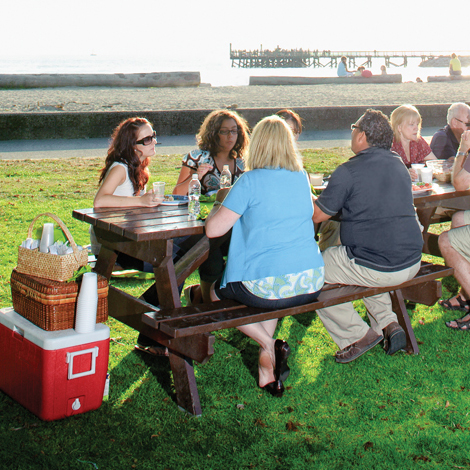
For best results, your mask must form a good seal against your face to maintain the air pressure being delivered. If air is leaking from your mask (‘mask leak’) or your mouth (‘mouth leak’) your therapy may be compromised.
Mouth leak may occur if you breathe through your mouth while using a nasal mask, which only covers the nose.
If you’re not getting the most out of your therapy, talk to your equipment provider about getting a chin restraint or trialing a different mask.
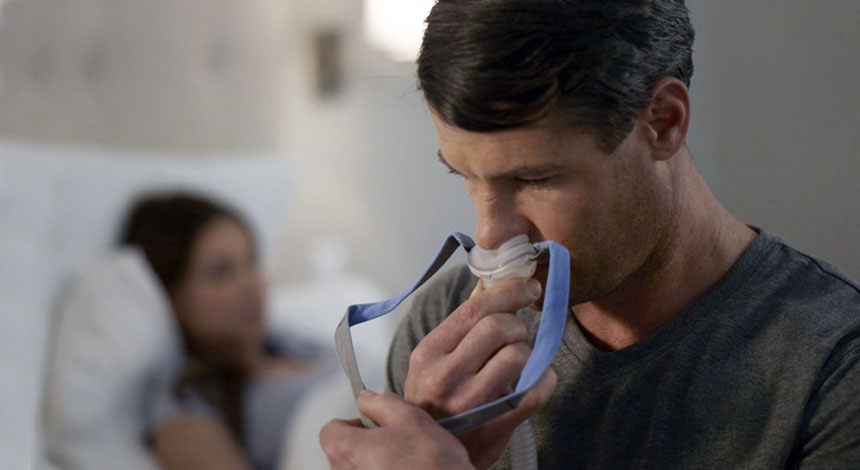
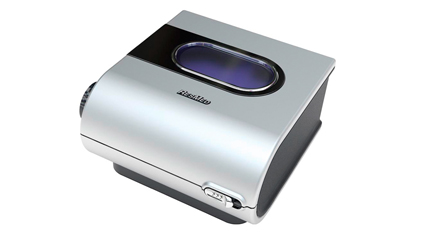
Using a humidifier can make a positive difference to your therapy comfort and experience.
It helps you avoid a dry nose or throat, and because it warms the air you’re breathing and moistens your airway, it can also help you keep your mouth closed while you sleep.
If you don’t have a humidifier, speak to your healthcare professional or equipment provider.
Some people report that it can take a while to get used to breathing out against the air pressure. They feel a need to push against the airflow when they breathe out, which is normal.
To help overcome this urge, practice breathing with your device in the daytime while you’re relaxing or watching television, for instance. You don’t need to worry about your exhalations when you’re sleeping; you will automatically breathe out against the flow of air.
If you continue to find it difficult, talk to your healthcare professional or equipment provider, who might suggest using:
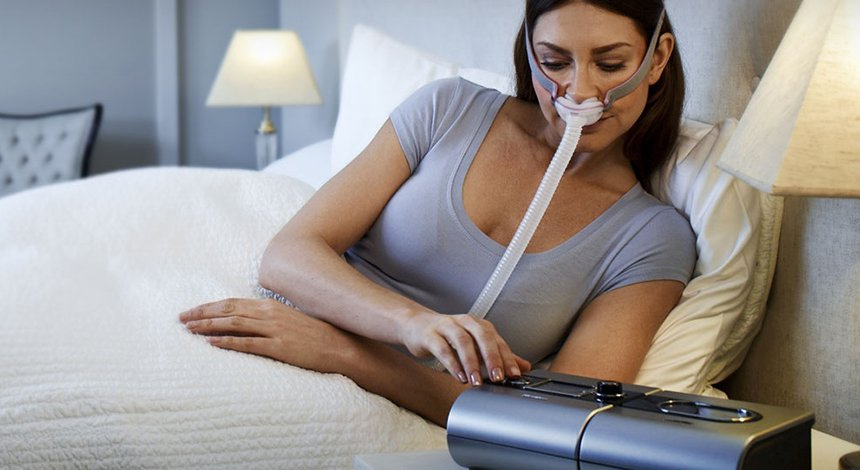
Taking care of your therapy equipment will help maintain the quality of the treatment you receive.
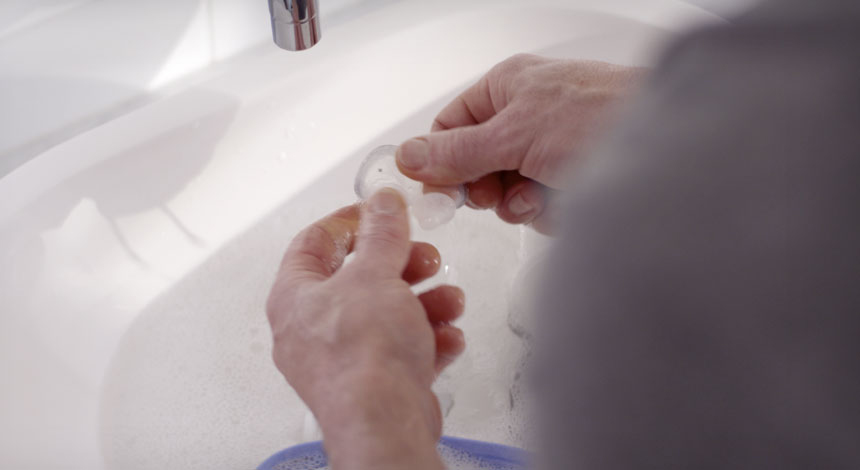
To keep your device (and treatment) in good condition, we recommend you check the air filter every month for holes or dust build-up, as a blocked air filter may reduce the air pressure being delivered to you.Depending on how much dust there is in the environment, air filters should be changed every 4–6 months.
Over time, facial oils can reduce the quality and performance of your seal and mask, and cause skin irritation. For this reason it’s best to wash your face with water to remove any excess facial oils before wearing your mask each night.
We also recommend that you do not apply moisturisers near areas where the mask will touch your face. This will help prevent oil build-up on your mask. Please refer to the user guide for instructions on cleaning and caring for your mask.
You can also find out more about the recommended frequency for replacing your mask and its parts in the FAQs section on the ResMed website.
We recommend washing out the water tub after each use. Wash in warm water, using a mild detergent. Rinse thoroughly with clean water and dry away from direct sunlight.
Inspect the water tub once a month for wear and deterioration. Replace the tub if any component has cracked, become cloudy or pitted.
This cleaning information is a summary only. Please refer to your product user guide for more information.
Thanks to their universal power supply, most ResMed S9™ devices can be used across the globe and even on an aircraft. Here are some things to remember if you’re planning a getaway:
Make sure you get clearance from the airline to use your device during the flight.
Thanks to their universal power supply, most ResMed S9™ devices can be used across the globe and even on an aircraft. Here are some things to remember if you’re planning a getaway:
Make sure you get clearance from the airline to use your device during the flight.
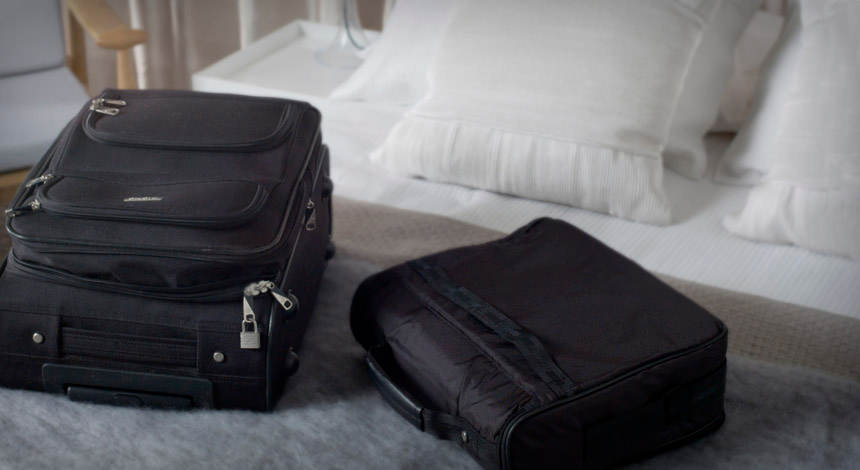
While travelling, you should have the following information handy:
1300 305 705 in Australia
0800 737 633 in New Zealand
For more information on travelling with your device, go to ResMed’s Travel FAQs.
Most hotel rooms don’t have a power socket located near the bed head. It’s a good idea to pack an extension cord so that you can conveniently and comfortably position your device and mask.
When it’s time to pack, always remember to empty the water from your humidifier before disconnecting it from your therapy device.
So now there’s no reason why your treatment should keep you from the joy of travel–and a good night’s sleep!
Once you have your equipment and are comfortable with using it, it’s important to follow up on your treatment progress. After some time, you may find that your treatment requirements have changed, which may mean changing your mask and/or your therapy device settings.
Some equipment providers and healthcare professionals have their own follow-up routines, but generally, it is good to follow up at least once a year. Regular progress updates help ensure that your treatment is on track, so you can help maintain the quality of your therapy.
If you stop feeling the benefits of treatment, even though you are using your equipment every night, please consult your Resmed accredited outlet or your doctor as soon as possible.
We hope that the information contained in this section helps you manage your equipment and treatment. If issues regarding your treatment remain unresolved, please consult your Resmed accredited outlet or your doctor as soon as possible.
Visit the ResMed website for treatment-related FAQs.
The following side effects may arise during the course of therapy:
Please check your product user guide for more information.
If you have any concerns (or if your sleep apnea symptoms reappear) please consult your Resmed accredited outlet or your doctor. Always consult your Resmed accredited outlet or your doctor if you expect to be in a situation where you cannot use your therapy equipment for more than a few days. Do not stop your treatment without consulting your Resmed accredited outlet or your doctor.